Graham Reid | | 1 min read
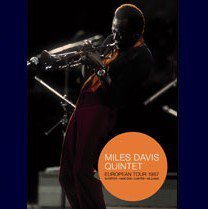
You might have thought in the decade since Ken Burns' groundbreaking television series Jazz that there would have been a slew of DVDs out there on the market to add depth to what he showcased. But there hasn't really been.
Back before jazz was an "art form" few concerts were filmed for posterity. Jazz, by definition, was in the present tense.
Which makes this one so interesting for jazz aficionados and neophyles alike: one of the great Miles Davis bands (this with Wayne Shorter, Herbie Hancock, bassist Ron Carter and drummer Tony Williams) captured at two concerts in Europe in glorious and slightly fuzzy black'n'white.
This band was the epitome of cool -- so cool in fact that they don't even acknowledge the audiences when they walk onto the bare stages to huge applause. But they very quickly get down to their business.
They all look impossibly young (Davis was 41, pianist Hancock in his late 20s, saxophonist Shorter in his mid 30s) but they play as if they were inventing a new kind of music, grounded in a traditon, right there on the bandstand. As they were.
It is interesting to compare, for example, Shorter on Davis' Agitation in Stockholm -- where he hesitantly starts to peel away the melody -- to what happened a week later in Germany when he is brimming with confidence and follows Davis' lead into an energetic version of the same piece.
These concerts also bridged that gap between the past (the Sammy Cahn-Jule Styne ballad I Fall in Love Too Easily and Thelonious Monk's Around Midnight) with newer material.
And this, in many ways, was the last we would see of this kind of jazz from Miles. And indeed of Miles as jazz people understood him.
Within a couple of years -- these were the days of the Grateful Dead, Sly Stone and Jimi Hendrix -- he had fully embraced electric guitars and keyboards, and funky fusion was just around, or actually, On the Corner.
Miles was there to create "the birth of the cool" and this, we might observe, was the last gasp of it.
Wonderful.

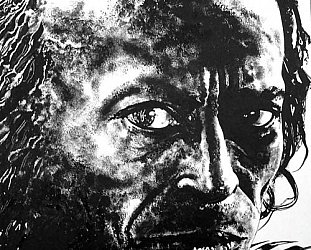
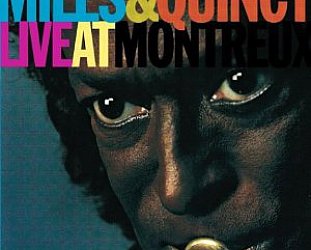
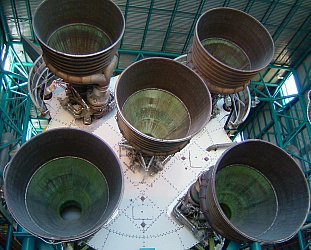

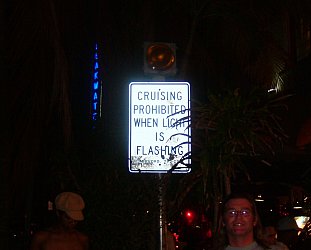
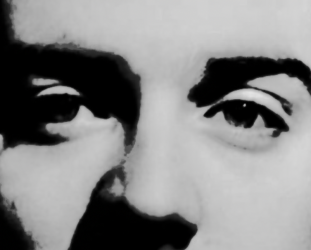
post a comment